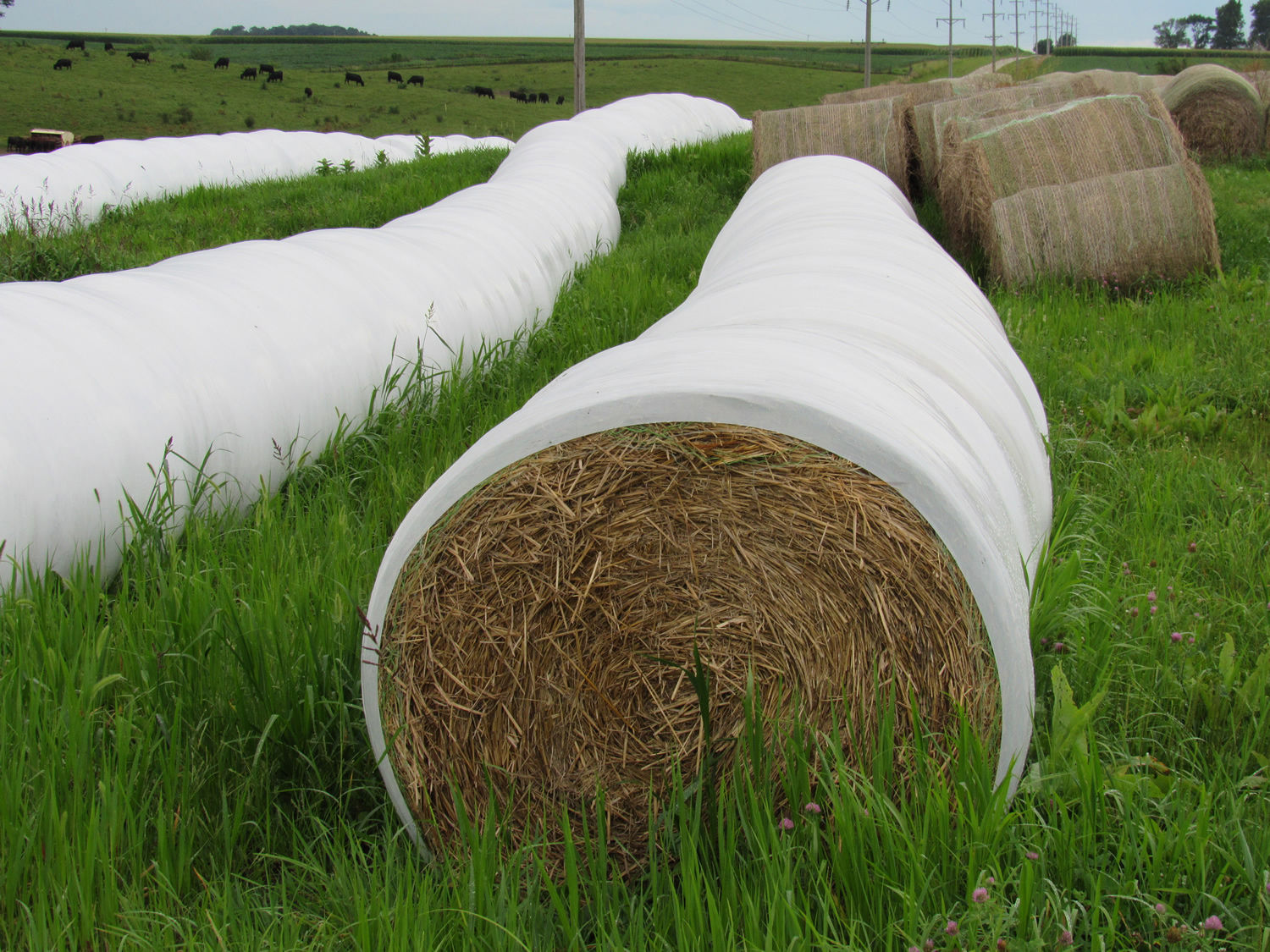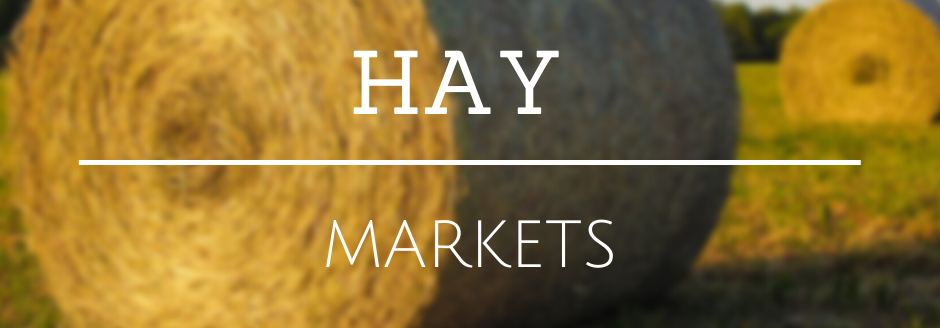State-By-State Hay Summary

Colorado—In the March 28 report, compared to the last report, trade activity light on light to moderate demand. Stable hay sold mostly steady. Earlier this week a storm brought 2 to 10 inches of snow throughout Colorado making it a slower week in hay trading.
Missouri—In the March 28 report, compared to last report, the supply of hay is light to moderate; demand is moderate, prices are steady to weak. Still a fair amount of hay for sale as some look to move some inventory before turn out occurs. Most cattle guys aren’t looking to have much if any carry over so the hope for a good growing season is high. Mostly all producers are still feeding while they wait for grass to outpace grazing.
Nebraska—In the March 28 report, compared to last report, most bales of alfalfa sold $10 to $20 lower, steady on high RFV testing hay, ground and delivered alfalfa sold $15 lower; ground and delivered corn stalks sold $10 lower. Sun-cured alfalfa pellets sold $10 to $25 lower. Demand was mostly light. Some large square bales of premium hay going to out of state buyers for horses. Looks like there will be quite a lot of carry over hay in some areas of the state, which isn’t all bad. In 2022 there was almost no carry over or stockpile hay in the state. A little cushion of feed is a good thing when one has livestock to take care of. Next report will be released March 28.
Oklahoma—In the March 29 report, compared to the last report, the demand and trade remain low. With the new crop hay season around the corner, many cattle producers are trying to stretch the hay they have left. Due to the new crop and cattle producers stretching the hay, most hay prices are beginning to lower. Producers are lowering prices to replace old hay with new hay. Next report will be released April 12.
Texas—In the March 22 report, compared to last report, hay prices are mostly $10 to $20 lower on old crop hay. Trading activity was moderate on moderate demand. Hay prices are moving lower across most of the regions as first cutting is approximately 3 to 6 weeks away, so producers are looking to move old crop stock piles. Additionally, warmer temperatures and spotty moisture has pushed warm season grasses out of winter dormancy allowing for more grazing opportunities. Next report will be released April 5.
South Dakota—In the March 29 report, compared to last report, hay is weak coming out of the mild winter, there’s not a big demand for alfalfa or grass hay. The wheat straw market is high with the demand being higher than the supply. A rain storm is in the forecast for this weekend.
New Mexico—In the Nov. 24, 2023 report, compared to last report, alfalfa hay steady. Trade active, demand good. The the state is 73% complete with fifth cutting, 54% with sixth cutting. Most parts of the state are wrapping up harvest for the season. According to New Mexico Crop Progress report as of Nov. 12, 2023. Hay and roughage supplies improved slightly from the previous week but remained in worse condition than prior years. Hay and roughage supplies were observed to be 25% very short, 42% short, 30% adequate, and 3% surplus. At 14% very short, 37% short, 45% adequate, and 4% surplus, stock water supplies were on par with the 5-year average. This is the last report for the season, reports will resume in spring 2024.
Wyoming—In the March 28 report, compared to last report, most bales of hay sold steady to weak. Sun-cured alfalfa pellets sold $20 lower. Demand was light. Some producers donated semi loads of hay to the ranchers in Texas that went through the fires. Thank goodness for the generosity of the American farmer/rancher helping someone they never met, and they provided hay for their livestock. Quiet, a lot of hay stocks sitting around at most contacts hay yards and fields waiting for someone to come buy it. Looks like ample carry over hay as of the writing of this report.
Montana—In the March 29 report, compared to last report, hay sold generally steady on heavy movement this week. Hay sales were much heavier this week as numerous large ranches entered the market. Much of the hay that sold this week was not for immediate use and many ranchers were not willing to take delivery until early to mid summer. Demand for hay remains light, but was more robust compared to previous weeks. Hay supplies of feeder quality hay remain heavy, but increased interest and some buying is giving producers breathing room as summer inches closer. Producers remain willing to carry over hay as snowfall has been light this winter and many still have drought and irrigation water concerns going forward. The best demand for feeder quality (utility and fair) hay remains around $140 to $150/ton delivered. Demand for straw is light as heavy straw supplies continue to be seen especially in the northern portion of the state.



